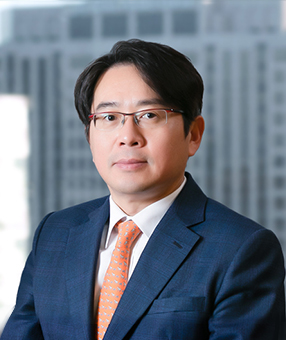The legislative bills to create a class action and punitive damages system in Korea still remain pending, but have not yet been submitted to the legislature.
In the meantime, we think it would be useful to also consider the requirements of the Serious Accidents Punishment Act (“SAPA”) which will become effective on January 27, 2022, as this law also has a close nexus to class actions and punitive damages. In this newsletter, we consider the “Serious Public Accidents” provision of SAPA.
SAPA defines a “serious public accident” as an accident caused by defects in the design, manufacture, installation or management of “raw materials, products, public use facilities or public transportation” involving at least (i) one death, (ii) ten injuries requiring at least two months of treatment, or (iii) ten illnesses requiring at least three months of recovery time.
SAPA imposes a duty on company management to take proactive measures to prevent issues such as product defects and serious accidents on their premises. Further, management at companies whose products cause a serious public accident could also face legal liability under SAPA. Theoretically, even failures in the sales or distribution process could also lead to SAPA liability.
The scope of SAPA liability can be confusing, so we provide below a quick way to identify those accidents which can implicate SAPA. For this purpose, we think it is useful to consider three categories of accidents, i.e., those involving (i) raw materials or products, (ii) public use facilities or (iii) public transportation.
-
Some obvious examples of the first category (raw materials or products) would include accidents caused by chemical substances or product components. As to who would be liable under SAPA, this would clearly include the manufacturer, but also those involved in the distribution process who failed to implement a system to notify consumers about the potential risks.
-
Some examples of the second category (public use facilities) could include accidents caused by faulty construction, fires, crowd safety incidents (e.g., a stampede at a concert hall caused by poor planning) or even an outbreak of a virus at a hospital. This list can become very long, since public use facilities can be any place open to the public. Thus, the operators of such facilities must make sure that they have the right safety management system, along with having the right personnel and budget in place for operations in compliance with SAPA and other Korean environment, health and safety ("EHS") law requirements.
-
The third category (public transportation) would include accidents involving any mode of public transport, e.g., planes, trains and automobiles. The examples here also become extensive, e.g., accidents caused by defective or improperly maintained buses or a fire caused by a defective automobile part. In cases involving public transportation such as buses, SAPA could also impose liability on both the vehicle manufacturer and transport business operator.
Given the potential criminal implications, SAPA imposes a clear need for companies to reassess their operations and eliminate any risk factors, e.g., by making sure that there are no gaps in their compliance with Korean EHS laws. Incidents which implicate SAPA can also easily involve class actions and punitive damages, thereby demanding a more comprehensive review of potential liabilities.
Related Topics
#Serious Public Accidents #SAPA #Class Action #Punitive Damages #Legal Update






